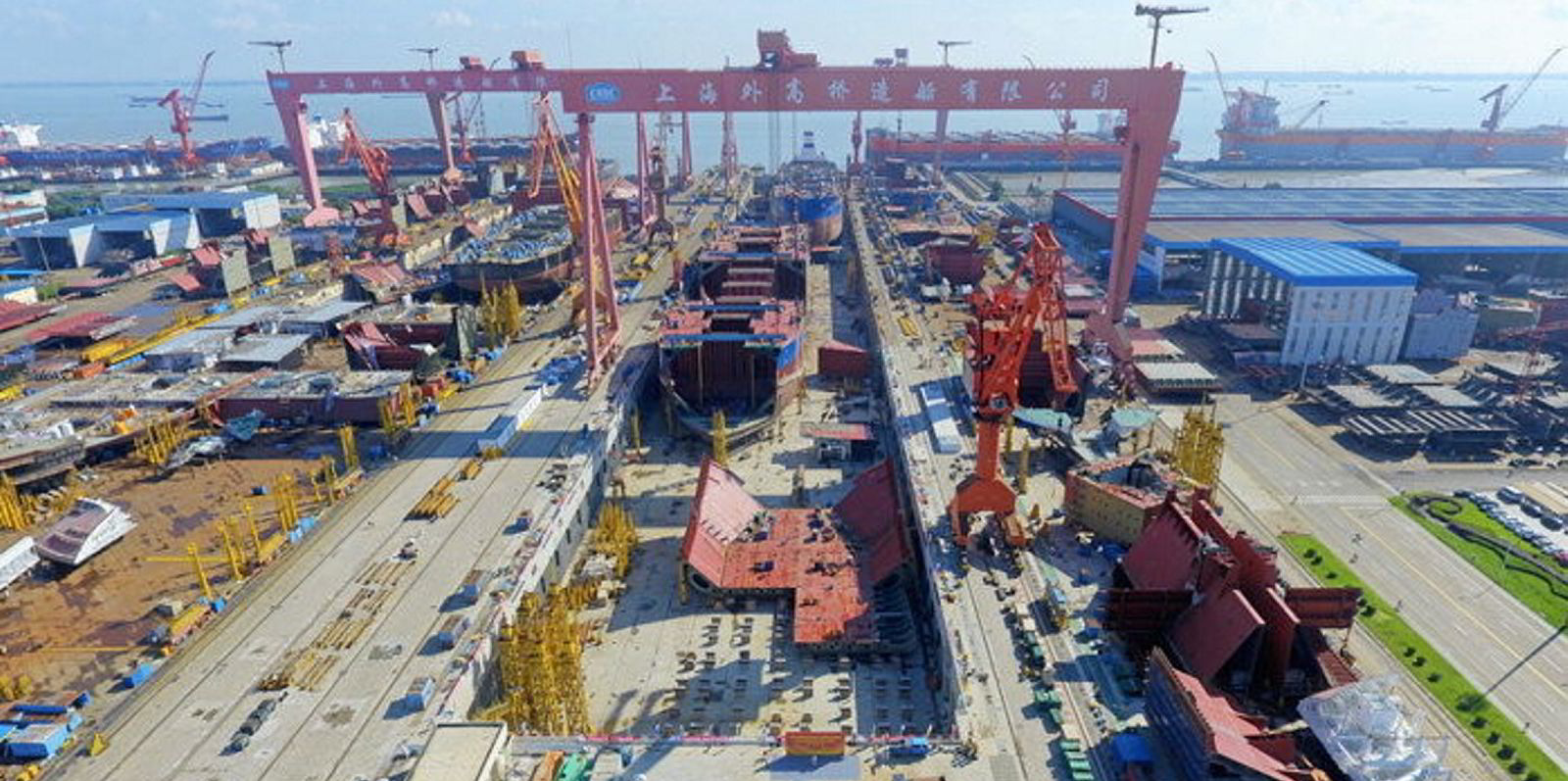It will not be an easy ride in dry cargo in 2023 but things could improve as the year goes on, if economic challenges stabilise, according to Simpson Spence Young (SSY).
The international shipbroking group painted a mixed outlook for bulk carriers in its annual 2023 Outlook report, which was published on Tuesday.
“With so many macro-economic, geopolitical, fleet efficiency, and regulatory risks overshadowing this outlook, 2023 is set to be another volatile year,” Alastair Stevenson, head of SSY Digital Analytics, wrote of the dry bulk sector.
“SSY’s Base Case anticipates 2023 dry bulk carrier fleet utilisation close to 2022 levels, though moving higher as the year progresses.”
The broking shop said it expects seaborne dry bulk trade to return to growth in 2023.
But it said this growth could be hampered by weakness in the global steel sector and grain trade constraints. There could also be disruptions to cargo supply, such as Indonesia’s planned bauxite export ban, which SSY said could primarily affect geared bulkers.
As ever, China remains the main swing factor for steel-related trades and demand for other key commodities. SSY expects Chinese industrial activity and economic growth to remain soft in the near term.
If China can overcome Covid-related disruptions as winter ends, SSY said this will stimulate “green shoots” and supporting demand for dry bulk commodities in the second half of 2023.
The firm expects another strong year for the global grain trade, which could recover to almost 2021 levels following the loss of volumes from Ukraine last year.
Australia is poised for a third consecutive bumper year of wheat exports and Canada will export as much as its supply-chain capacity will allow.
“SSY expects more Brazil-to-China corn cargoes with tentatively positive prospects for Brazil’s soyabean harvest, plus a strong US dollar, supporting market balances in the first half of 2023,” the report said.
But there will be difficulties too. The firm said it is “mindful of drought-hit constraints on grain exports from Argentina, plus the obvious difficulties in harvesting in war-torn Ukraine”.
The low bulker orderbook remains the saving grace that will provide a certain cushion against any downturn in demand.
SSY said the orderbook stood at just 6.9% of the trading fleet in dwt terms at the end of 2022.
“In conjunction with a modest uptick in scrapping activity, partly due to new IMO greenhouse gas regulations but mainly as weaker end-2022 markets weed out older vessels, 2023 supply growth is likely to be subdued,” the firm said.
In dry freight derivatives, Przemek Koralewski, head of business development at SSY Futures, said recession risks and inflation data are the things to watch in the near term, as well as China’s re-emergence after the relaxation of widespread Covid restrictions.
“Some big financial institutions are expecting a hard landing while the latest round of lower-than-expected inflation data has triggered some moderate optimism,” Koralewski wrote in the report.
“That being said, the Federal Reserve is still signalling more rate hikes to further cool the economy.”
He also hastened clients to take action to mitigate any effects of new carbon regulations on fleet supply this year.
“We strongly advise our clients to be ahead of the curve and start putting in place measures to be ready — specifically for the inclusion of shipping in the ETS [emissions trading system],” the report said.






